10 must-see places in Moscow
As often happens, we judge this or that city only by its main sights. However, any city, like any person, the more you get to know it, the more it opens up with new, unexpected facets. Below are 10 must-see places in Moscow. They are very interesting for understanding the many-sided image of the capital.
Planetarium
The restored planetarium is of great interest to both adults and children. Anyone will find something to do here. There is a stereo cinema, as well as a small star hall, where there are dynamic chairs. The planetarium is proud of the largest dome-screen in Europe, which shows pictures of the starry sky. There are 2 halls
Lunarium, where you can learn in a playful way about the refraction of light, gravity, the creation of black holes, craters, etc. Everything can be twisted, twisted, shaken, touched. At the Astroplatform you will be told a lot of interesting things about the moon, the starry sky, and time zones.
The planetarium is located on the street. Sadovaya-Kudrinskaya at 5, building 1. Walking distance from Krasnopresnenskaya or Barrikadnaya metro station. Opening hours - 9–21 (on weekends until 22).
A ticket costs from 80 to 600 rubles.
Ostankino Tower
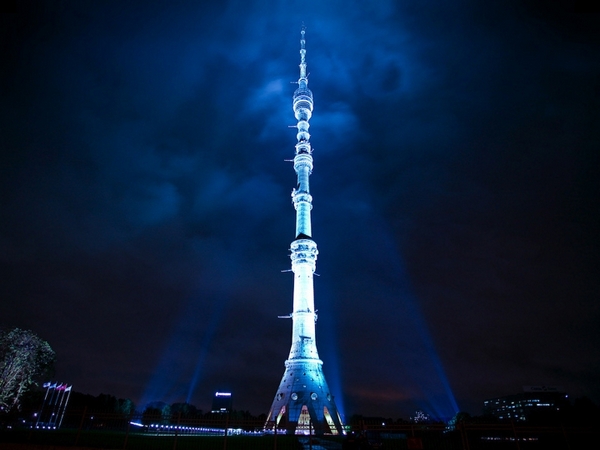
It has long been a real symbol of the capital. Now there is a great opportunity to visit not only its open (at a height of 340 m) and closed (at a height of 337 m) observation platforms, but also to be in a museum, and then have lunch in a restaurant right under the clouds.
Sightseeing tours are held daily from 10 am to 10 pm.
The viewing radius in good clear weather is 60 km. The TV tower itself, 540 meters high, weighs 55,000 tons. Do you know that the Ostankino TV tower is an image of a ten-petalled inverted lily?
The tower is allowed only with an identity document. Tickets can be purchased before the start of the session after registration.
Address: st. Akademika Koroleva, 15, building 2. From VDNKh or Alekseevskaya metro station by any trolleybus.
Observation deck Moscow-City
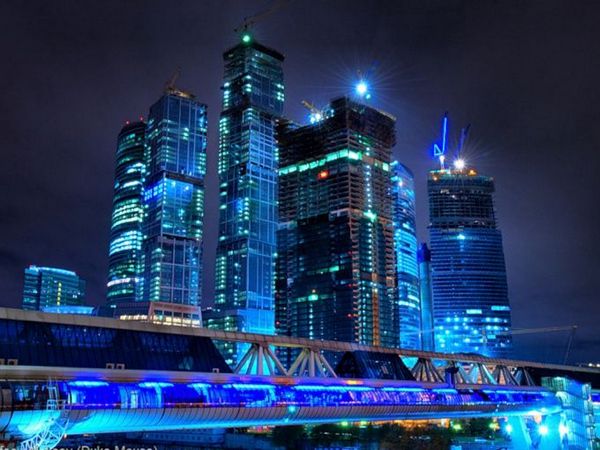
Now it is not necessary to go abroad to see skyscrapers. Moscow has its own. They have become her permanent attraction.
The Moscow-City project can certainly be called the most ambitious and expensive long-term construction in Russia. Many are still debating about its expediency and its appearance, which distorts the historical appearance of the capital. However, Moscow is so diverse that the high-tech architectural cacophony has become its modern feature.
Moscow can now be seen in all its glory from a bird's eye view. One of the observation platforms is located on the 58th floor of the Empire Tower. From here you can clearly see Moscow State University. M.V. Lomonosov, Ostankino TV tower, White House, Cathedral of Christ the Savior, etc.
From the Delovoy Tsentr or Vystavochnaya metro station, you need to go to the Afimall City shopping and entertainment center, go up to the 2nd floor and walk to the southern entrance of the Empire tower. Tickets are sold at the Reception Desk.
Apothecary garden
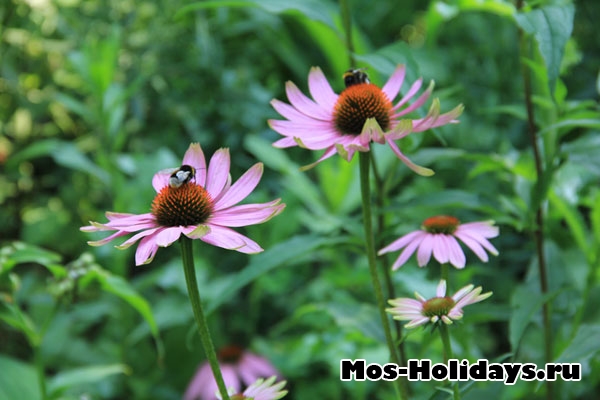
It is located on Prospekt Mira, house 26, building 1 and is the oldest botanical garden in Russia. We can say with confidence about it: it is the most informative, well-groomed, conveniently located, photogenic and cozy.
It was founded by Peter I for the cultivation of medicinal plants in 1706, and in 1805 it was bought by Moscow State University. Of course, he experienced different times together with the country, but he always fulfilled a noble mission: he talked about the world of plants on Earth.
Summer always reigns in his greenhouses. It is especially pleasant to visit them on frosty winter days. In the Palm Greenhouse you can see a large collection of orchids from around the world. They grow among huge bananas, age-old palms and tropical vines. 1500 species of succulents will not leave anyone indifferent. Moreover, now some plants can even be touched.
Museum "House on the Embankment"
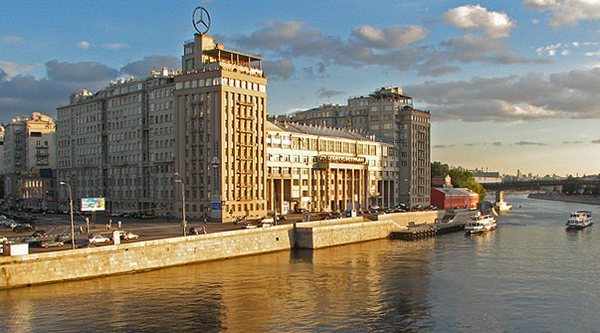
It is the only museum of its kind in the country and one of the few of its kind in the world. The atmosphere of the 30s is recreated here. 20th century based on materials from the history of the house and its inhabitants - photographs, interior items, books, personal items and documents.
The decision to build a house was made in 1927 due to the fact that in Moscow there was not enough housing for responsible party workers. In 1931, the first residents were party leaders, scientists, old Bolsheviks, Heroes
Soviet Union and Socialist Labor, famous writers, heroes of the war in Spain, etc. Among the residents of the house in different years were Alliluyeva, Aroseva, Demyan Bedny, Zhukov, Kosygin, Lepeshinskaya, Rykov, Tukhachevsky, Khrushchev and others.
The house was built in the style of late constructivism according to the project of B. Iofan, who conceived it in red, like the Kremlin. But due to lack of funds, the house was built gray. In total, it has 24 entrances, 12 floors and 505 apartments.
The museum is small in area and occupies one apartment. Open Tuesday, Wednesday and Friday from 10 am to 6.30 pm, Thursday from 11 am to 9 pm, weekends from 11 am to 6 pm.
Get to the stop. "Drummer Cinema" from m. Polyanka, Library. Lenin or Oktyabrskaya on any trolleybus. Address: st. Serafimovich, house 2, entrance 1.
Museum "Lights of Moscow"
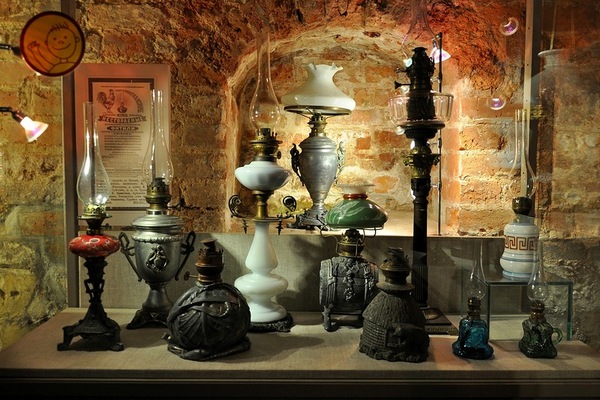
There is another interesting place in Armenian lane, 3-5, building 1, which is worth a visit - this is the Moscow Lights Museum. It is hidden in a cozy park. Ring the intercom and go down to the basement. You will be given a remote control and an interesting program about the museum. The remote control is needed in order to turn on and off the fancy lanterns-exhibits, thereby creating the atmosphere of bygone times.
Once on the second floor, you will see the recreated life of apartments from different times and lighting fixtures. The museum is small but informative. The inspection fee is a symbolic 30-130 rubles. Works from 11 to 18.
You can get there on foot from metro station Lubyanka, Kuznetsky Most or Kitay-gorod.
Museum of Musical Culture named after M.I. Glinka
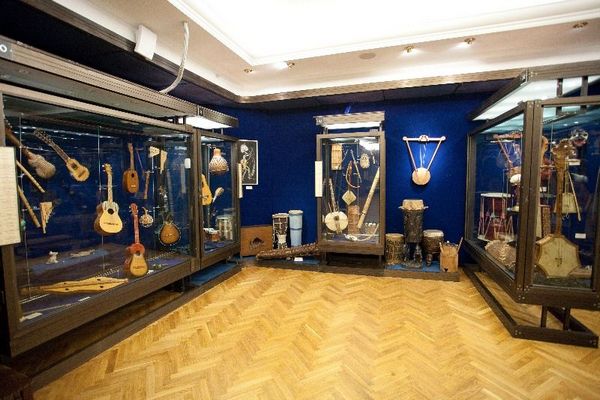
This museum has no analogues in the world and is a true treasure trove of musical culture monuments. Here you can find musical editions, and literary manuscripts, and studies on the history of culture, and rare books. The museum keeps letters, autographs, documents related to the work of Russian and foreign musical figures.
The museum is especially proud of its unique collection of musical instruments from the peoples of the world, including string instruments-masterpieces of Stradivari, the Amati and Guarneri families.
Located on st. Fadeeva, 4. From the Mayakovskaya and Novoslobodskaya metro stations - to the troll. 3, 47 to the stop. Museum of Musical Culture, troll. "B" or 10 to the stop. "Vorotnikovsky Lane".
Peredelkino
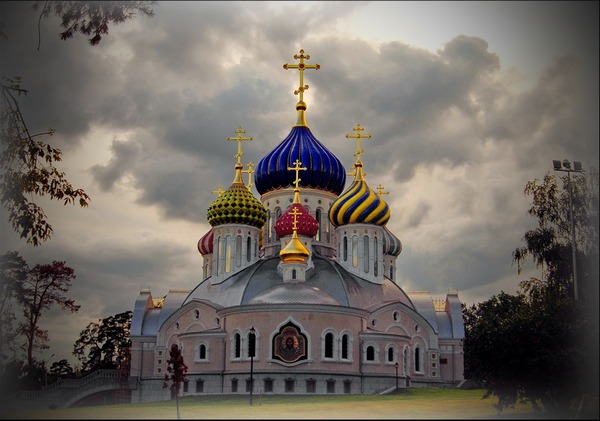
Peredelkino is such a unique place that you can enjoy nature and landscapes, admire the beauty of Orthodox churches in the residence of the Patriarch and plunge into the literary world. You need to get here for the whole day.
The village is located 5 km from the Moscow Ring Road in the south-west of Moscow. You can get there by train.
The writer's town with its museums of Pasternak, Chukovsky, Okudzhava is a materialized history of Soviet literature.
Restaurant "In the Dark?!"
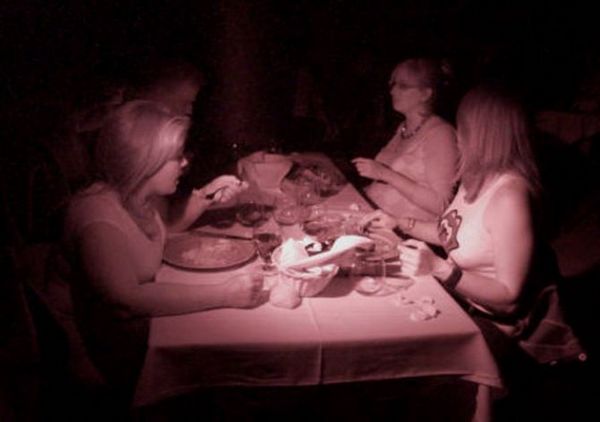
This restaurant is for those who like to visit original places. Dinner will be held in pitch darkness, and blind waiters will serve. The restaurant was founded by an ophthalmologist to help the blind find their place in life.
The sighted and the blind change places here. The restaurant has 4 halls, but the main one is dark. You must first choose one of 5 sets worth 2,000 rubles for dinner: blue (fish), red (meat), yellow (Japanese), green (vegetarian), or white (assorted).
Then you leave things in the safe. Dinner in complete darkness will take you 2 hours. They say that people in the dark behave the same way - they get to know each other more willingly, speak louder and joke more often. In the dark, hearing, smell, touch, and taste become more acute.
From m. Novoslobodskaya or Dostoevskaya to the street. October, 2/4.
Savvinskoye Compound
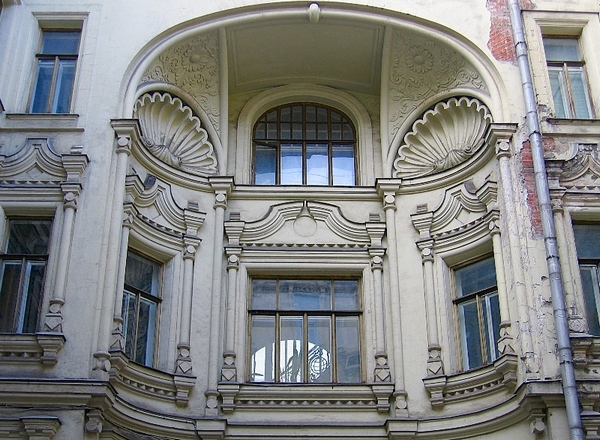
Few Muscovites know about its existence, because it is hidden from the eyes of passers-by, while being in the very center. Passing along Tverskaya, be sure to look into the arch of house number 6.
Before you opens a beautiful monument of architecture, which was built in 1907 by the architect Kuznetsov in a fabulous Russian style with decorative elements of Baroque and Art Nouveau. Compound - profitable house of the Savvinsky monastery. I wonder what it's up to
1937 was located directly on Tverskaya. In 1938-40. the houses on the even side of the street were to be relocated to the north. Many buildings were mercilessly demolished, but the Savvinsky Metochion was lucky - with the help of a special technology developed by engineer Handel, it was moved deep into the quarter to a new foundation. It's hard to imagine, but the building weighing 23,000 tons was moved on the night of November 4, 1939. Moreover, what is absolutely surprising - without the resettlement of its residents.
